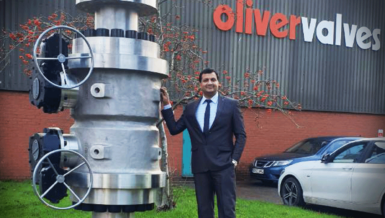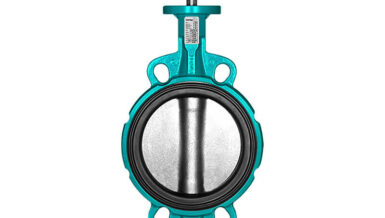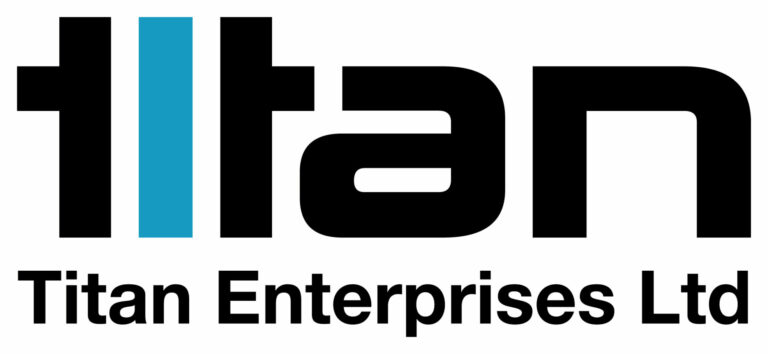This situation led us to think about whether this topic also concerns other end-users. Thus, we have summarized all-important critical data in this press release.
About NACE International Standards
NACE is short for the National Association of Corrosion Engineers. The NACE Association, founded in 1943, has produced more than 100 standards. It recommends materials for Oil & Gas Industries. What is its mission? “To protect people, assets, and the environment from the effects of corrosion and sulfide stress cracking.”
NACE is a global anti-corrosion society. It guides the best corrosion-resistant materials and alloys. It tells engineers which ones to use for the prevention of sulfide stress cracking (SSC).
Under NACE International Standards, a “sour” environment contains hydrogen sulfate (H2S).
NACE has task groups set up for its different functions. Task Group 231 developed NACE MR0103. It is “Materials Resistant to Sulfide Stress Cracking in Corrosive Petroleum Refining Environments.” The intention was to establish a standard. The industry needed guidelines for the material composition of the equipment used in sour petroleum refineries. NACE MR0175 “Sulfide Stress Cracking Resistant Metallic Materials for Oilfield Equipment” was in everyday use in the past, but refinery applications are not within its scope.
Main differences between the MR0175 and MR0103 Standards
The parameters addressing environmental conditions are different. They state different conditions under which sulfide stress cracking is likely to occur. There are also differences between the upstream and downstream environments. This disparity was one of the main reasons why NACE 231 decided to write the MR0103 Standard.
MR0175 covers only oilfield equipment and related facilities. There were no comparable standards for other industries in the past. Thus, many users had to reference MR0175 for materials intended for sour applications.
Refineries have standard guidelines for determining whether an environment is “sour.” These guidelines are quite different from those provided in MR0175. It does not include environmental restrictions on materials. MR0103 also has material conditions not listed in MR0175.
NACE MR0175 / ISO 15156 applies to harsh upstream exploration and production operations. The NACE MR0103 is specific for downstream refinery environments. In this environment, the process of refining has already removed most of the H2S. Both MR0175 and MR0103 provide specific requirements for different metallic materials; for example, the requirements for carbon and low alloy steels differ from those of stainless steel.
MR0175 defines sulfur stress corrosion cracking resistant materials for oil and gas field equipment. NACE published the first standard in the year 1975. It only applies to pipelines, equipment, and processing facilities where H2S is present. It specifies heat treatment conditions, proper materials, and strength levels.
The NACE T-1F-1 task group began working on a thorough revision of MR0175 in the late 1990s. This revision included several fundamental changes. The final draft went to ballot in 2002, with MR0103 published in Mid-April 2003.
The task group created MR0103 by borrowing information from MR0175-2002. It also used part of the proposed rewrite. The group modified requirements to fit the needs of the refining industry better. It also added information that was specific to refining.
MR0103 and MR0175 – How do they compare?
- MR0103 includes different guidelines from MR0175 for determining if an environment is “sour.” Such environments in refineries differ from those in oil and gas production. The standard states that the user has to determine if the environment is sour. Users can make this determination based upon the guidelines in the document. They can also base it on plant experience or risk-based analysis. Users also have to state if equipment must meet the material requirements described in MR0103.
- MR0103 covers only SSC. Thus, it does not include environmental restrictions on materials. Some common restrictions are temperature limits, chloride limits, and pH levels. The materials listed show varying degrees of resistance to SSC. It does not attempt to rank the materials.
- MR0103 includes materials not listed in previous or current versions of MR0175. The opposite also applies.
- Welding is standard in refinery equipment and piping. Thus, MR0103 places extra emphasis on welding restrictions in different material groups. The most notable is the carbon steels.
- NACE MR0175 is a global standard. It gives recommendations and states requirements for choosing and qualifying metallic alloys for use in oil and gas production equipment. They are also for plants that sweeten natural gas in environments that contain H2S. NACE MR0103 defines the requirements for resisting SSC. It is for use in refining sour petroleum and similar processing conditions, which contain H2S either in liquid form or as a gas. The hydrocarbon may or may not be present.
- NACE MR0175 relates to upstream exploration and production operations, while NACE MR0103 applies to refinery environments. Both standards give precise specifications for different metallic materials. Both standards also include sections that describe applicability.






























